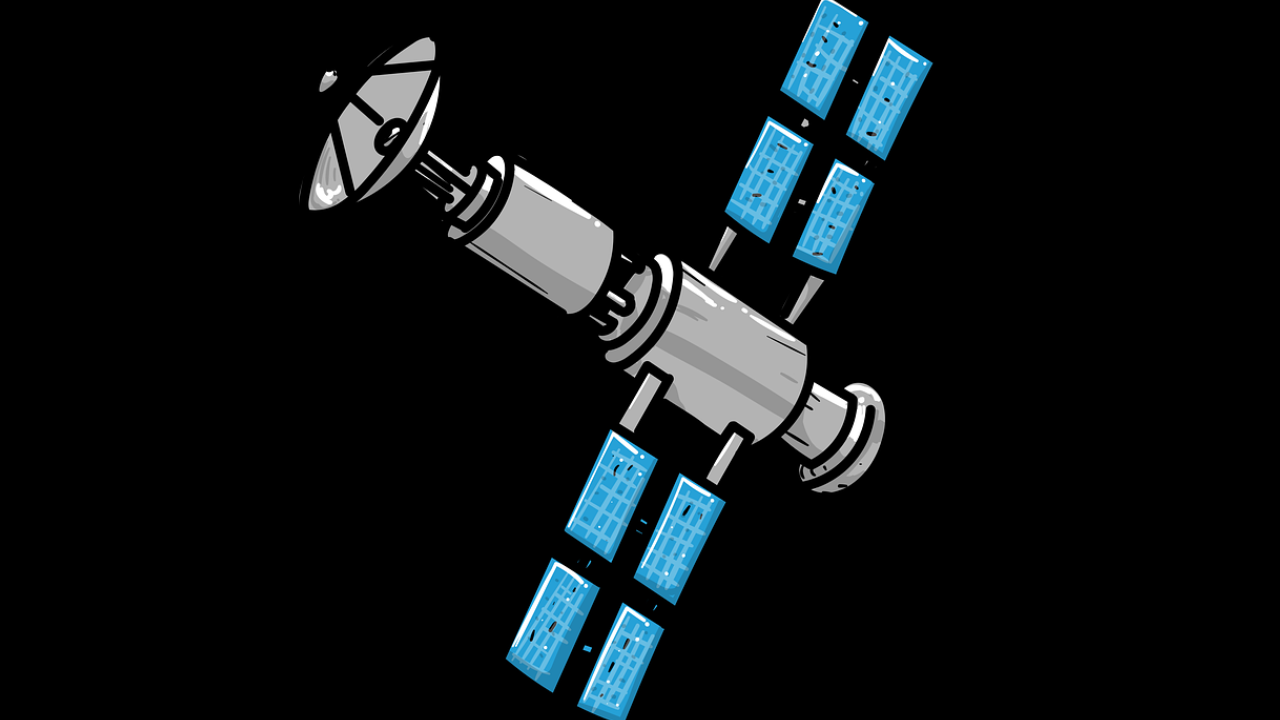Confirming the launch, a senior ISRO official said
TOI
that NVS-01 will replace the IRNSS-1G satellite, which was put into orbit on April 28, 2016.
To meet the nation’s “positioning, navigation and timing” requirements, Isro established the regional satellite navigation system called Navigation with Indian Constellation (NaviC), formerly known as Indian regional navigation satellite system (IRNSS).
IRNSS-1G was among several satellites — IRNSS-1A, 1B, 1C, 1D, 1E, 1F, IG, 1H (mission failed) and 1I (last successful launch in 2018) — launched by Isro to complete the constellation of satellite navigation. Currently, NavIC provides two types of services: standard location service for civilian purposes and limited service for strategic users such as security forces.
NavIC was originally designed with a constellation of seven satellites and a network of ground stations operating 24/7. Three satellites in the constellation are placed in geostationary orbit and four in inclined geostationary orbit. NavIC’s coverage area includes India and a region up to 1,500km beyond the country’s borders. NavIC signals are designed to provide the user with position accuracy better than 20 m and timing accuracy better than 50 ns (nano seconds). NavIC SPS signals are interoperable with other Global Navigation Satellite System (GNSS) signals from GPS (USA), Glonass (Russia), Galileo (Europe) and BeiDou (China).
NavIC was conceived with the aim of ending the dependence on foreign satellite systems for the needs of navigation services, especially for “strategic sectors”. Relying on systems such as GPS may not always be reliable as these are operated by the defense agencies of the respective countries and it is possible that these navigation services or their data may be denied to India for various reasons such as that which happened during the war of Kargil.
Furthermore, the Modi government wants to encourage its ministries to use NavIC applications to promote local industry engaged in the development of local NavIC-based solutions.

